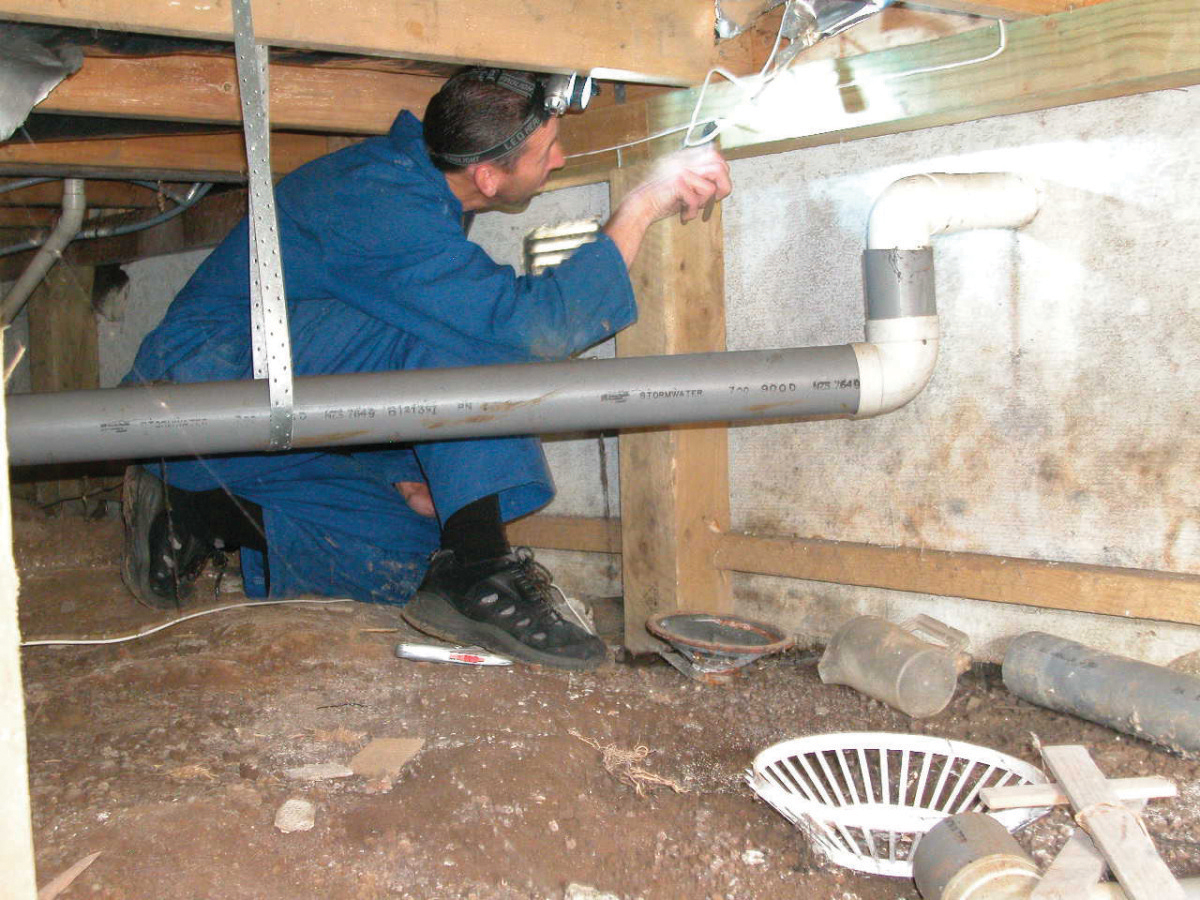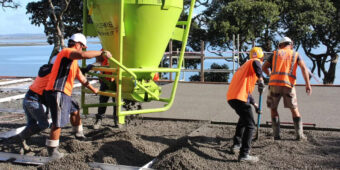Working in confined spaces
06 Sep 2013, Featured, Prove Your Know How

Before doing any work in a confined space, refer to AS/NZS 2865 Confined Spaces. This standard – and the Ministry of Business, Innovation and Employment (MBIE) – describe a confined space as: “an enclosed or partially enclosed space that is not intended or designed primarily for human occupancy, and has limited egress and access”.
Examples of confined spaces include:
- Partially collapsed buildings.
- Enclosed foundations.
- Basements and cellars.
- Attics.
- Drains and trenches.
- Collapsed ground or fissures.
- Fully enclosed storage structures (eg silos, vessels or tanks).
- Open-top vats.
- Damaged furnace, oven or chemical treatment rooms.
A confined space may also be defined by the potential/actual hazards present. Table 1 lists these hazards and their methods of control.
“Ensure there is a reliable system of communication between a trained safety observer outside the confined space and the worker within, for example, voice, rope, tugging, tapping or a battery-operated system
Communication
Ensure there is a reliable system of communication between a trained safety observer outside the confined space and the worker within, for example: voice, rope tugging, tapping or a battery-operated system.
Important note: Never work alone while working in confined space.
Responsibilities
The person in charge of the confined space site must:
- Assign, control, delegate and review confined space procedures.
- Undertake a risk assessment and work out the best possible option.
- Apply for a work permit.
- Identify and document the emergency response.
- Test and document the atmosphere.
- Have a training and competency assessment of everyone onsite.
Risk assessment
A written risk assessment should be undertaken before working in a confined space. Take into account:
- The work required.
- The hazards involved and the associated risks.
- The methods by which the work can be safely done.
- The method selected and plant proposed.
- Emergency and rescue procedures.
- The assessment should be revised whenever the job/situation changes.
Rescue plan
A rescue/emergency plan is vital for any type of severe hazardous work, so that procedures and equipment are in place so that everyone goes home safely. The emergency plan must be documented to define and make all staff aware of their personal responsibilities.
Permit to work
A work permit is a checklist that sets out the work to be done and the precautions to be taken. It is a clear record that all foreseeable hazards have been considered in advance and have been eliminated or controlled. A work permit for confined space template can be found in the appendices of AS/NZS 2865. The permit should be signed by the supervisor or another competent person on site and no person should enter a confined space without one.
Confined space potential/ actual hazards
| Hazard | Controls | |
| Atmospheric – toxic mixing of gasses |
|
|
| Engulfment – weakening of structural integrity |
|
|
| Plant – do you know how to use your equipment safely? |
|
|
| Task-specific – depending on the task within the confined space, other hazards could be present |
|
|
Standards are available to purchase from the New Zealand Standards website – www.standards.co.nz
Disclaimer: This article is only to provide information and awareness on confined space. It’s recommended that you talk to a health and safety expert if you are undertaking confined space work and need professional advice.
About site safe
The Site Safe NZ Inc website offers free downloads of hazard registers and task analysis forms (found within the Site Specific Safety Plan document), and Hazard Boards for purchase. For more information about Site Safe NZ Inc services, or to speak to a Safety Advisor, contact 0800 SITE SAFE or visit www.sitesafe.org.nz. Site Safe NZ Inc is a not for profit, membership based organisation, that promotes a culture of safety in the New Zealand construction and related industries.
Register to earn LBP Points Sign in



